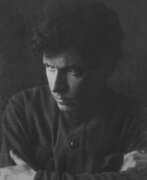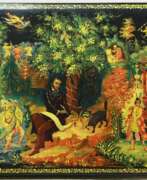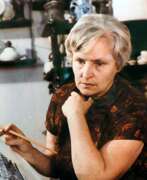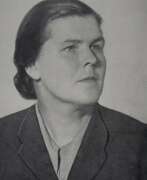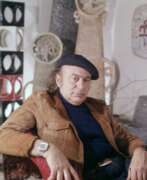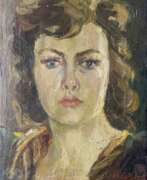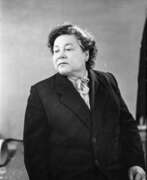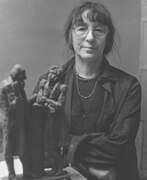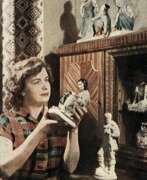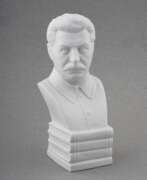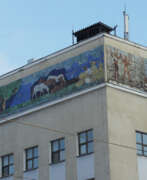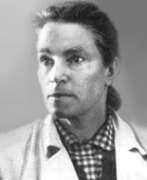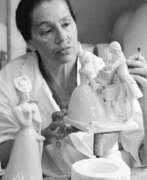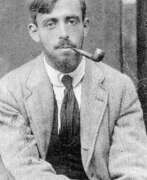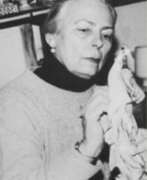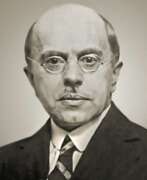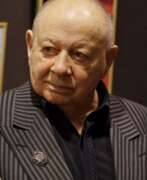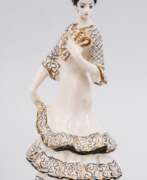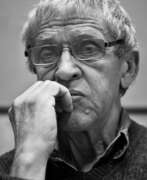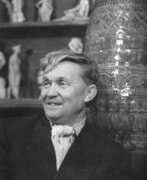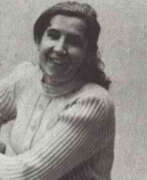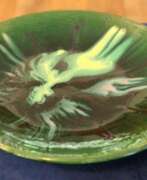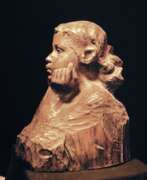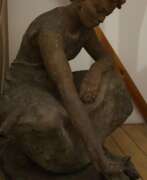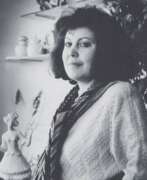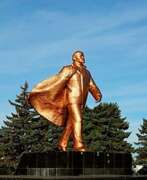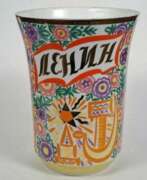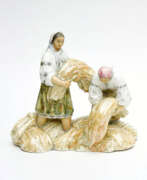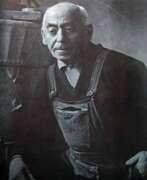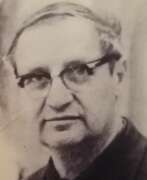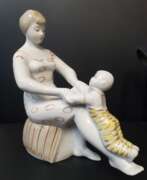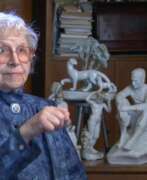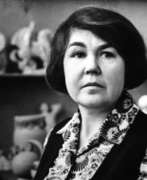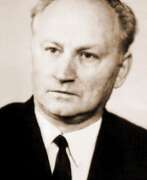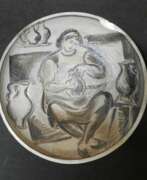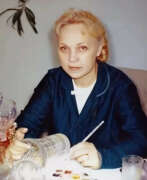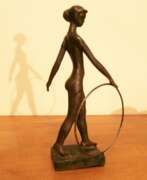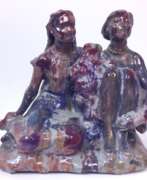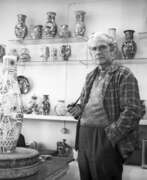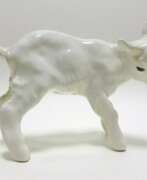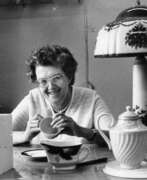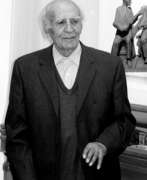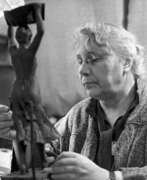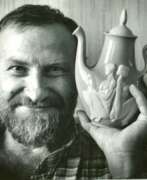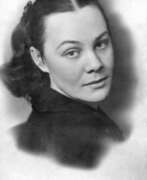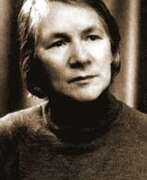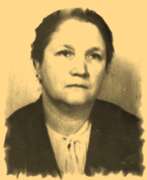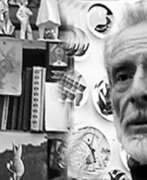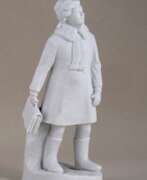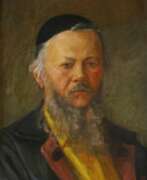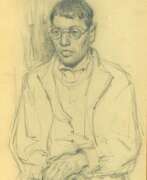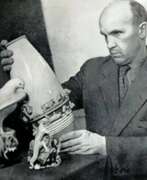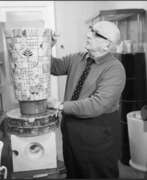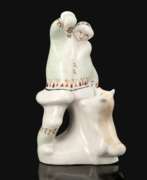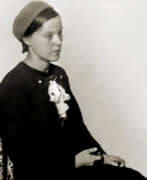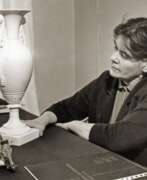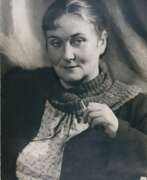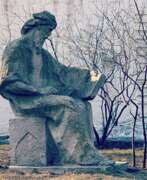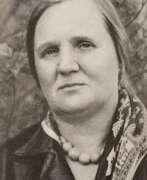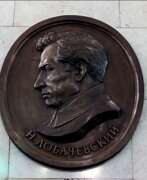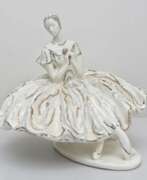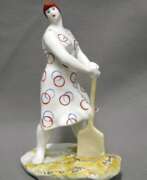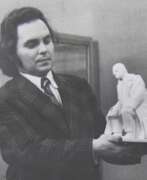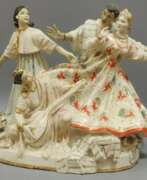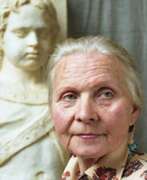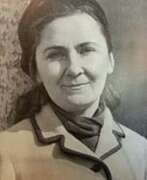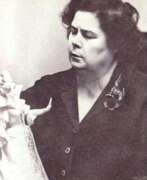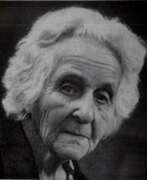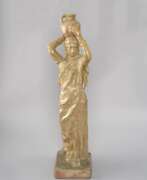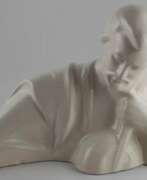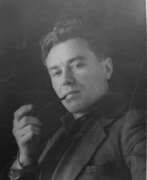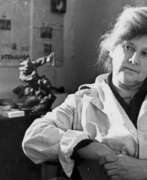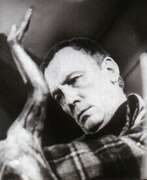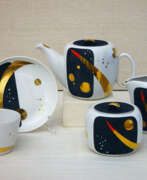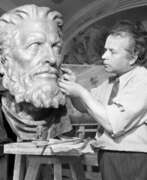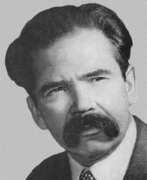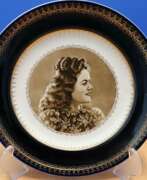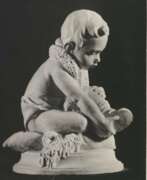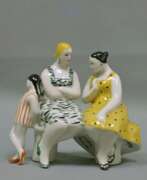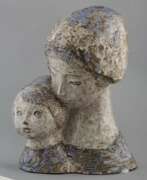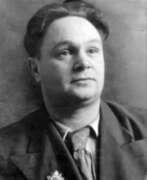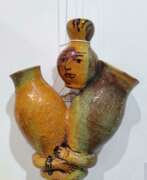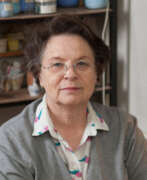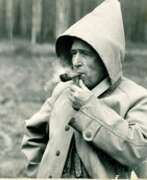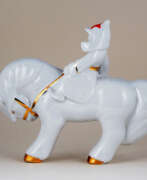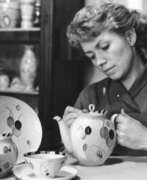Sculptors Soviet art
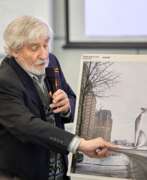

Valery Vladimirovich Androsov (Russian: Валерий Владимирович Андросов) is a Soviet and contemporary Russian artist. He is known as a sculptor, architect, designer, painter, graphic artist and teacher.
Valery Androsov creates landscapes, still lifes and portraits, as well as fantasy works. He is also known as the author of a large collection of ex-libris that accurately convey the character and interests of book owners. At different periods he served as chief artist of the Mosstroiplastmass Combine and director of the Mytishchi Picture Gallery. He also created monuments to those who died in the Great Patriotic War and to the pilots of the Mytishchi Aero Club, showing his skill in various artistic directions.
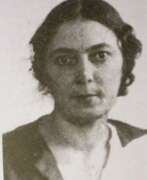

Natalya Yakovlevna Danko (Russian: Наталья Яковлевна Данько) was a distinguished Russian sculptor and medallist, celebrated for her profound contributions to the world of porcelain art. Born in 1892 and passing in 1942, Danko's journey in art commenced with rigorous training in Moscow at the Stroganov School and the City Art School, eventually leading her to significant roles in the Imperial Porcelain Factory. By 1914, she was working under the guidance of Vasiliy Lebedev, and by 1919, Danko had risen to the head of the sculpture workshop, a position she held until 1941.
Danko's oeuvre is characterized by its revolutionary spirit and exquisite craftsmanship, particularly noted in pieces like the "Red Army Soldier" (1919) and her iconic "Revolutionary chess set" (1922), which have earned her international acclaim. Her innovative designs not only reflected the political changes of her time but also showcased her mastery over porcelain, bringing a new dimension to Soviet art. Her works were showcased globally, from Paris to Monza, cementing her legacy in the international art scene.
Among her most celebrated works are the "The Reds and the Whites chess set" (1922-1932) and "Woman and Child with Fish" (1922-1923), both masterpieces of glazed and hard-paste porcelain, respectively. These pieces, housed in prestigious institutions like the Cooper Hewitt, Smithsonian Design Museum, and the Clark Art Institute, exemplify Danko's skill in blending artistic expression with social commentary, making her an important figure in both Russian and global art history.
For collectors and art and antiques experts, Danko's legacy represents a fascinating intersection of artistic innovation and historical narrative. Her works not only adorn museums but also continue to influence contemporary porcelain art, making her an enduring figure of interest.
To stay updated on sales and auction events related to Natalya Yakovlevna Danko's works, consider signing up for updates. This subscription will ensure you're informed about new opportunities to acquire pieces by this remarkable artist, connecting you directly to the rich history and ongoing legacy of Danko's contributions to art.
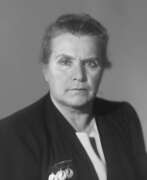

Vera Ignatyevna Mukhina (Russian: Ве́ра Игна́тьевна Му́хина) was a renowned Soviet sculptor and artist, celebrated for her significant contributions to Soviet art and sculpture. Born into a wealthy merchant family in Riga, Mukhina's journey into the world of art took her through the studios of notable artists in Russia and Europe, including the Académie de la Grande Chaumière in Paris under Antoine Bourdelle. Her work is deeply imbued with a sense of national pride and a commitment to the socialist cause, reflecting the tumultuous times she lived through, including both World Wars and the shifting political landscape of the Soviet Union.
Mukhina's most celebrated piece, "Worker and Kolkhoz Woman," a towering sculpture made of stainless steel, was originally created for the 1937 World's Fair in Paris. This sculpture, standing as a symbol of Soviet might and unity, showcases Mukhina's mastery in welding and her innovative approach to monumental art. The piece was acclaimed internationally and continues to be a significant symbol of Soviet and Russian culture.
Throughout her career, Mukhina experimented with a variety of materials and techniques, including glass, earning her numerous awards, such as the Stalin Prize, which she received five times, and the title of People's Artist of the USSR. Her commitment to art went beyond her own creations; she was a passionate educator and theorist, advocating for the enrichment of Soviet artistic vocabulary and experimenting with new materials and forms.
Mukhina's legacy extends beyond her sculptures to her contributions to the art world through her theoretical writings, her influence on public and architectural sculpture, and her experimentation with art glass, transforming ordinary objects into decorative art pieces. Her works are preserved in museums and public spaces, continuing to inspire and evoke admiration.
For collectors and experts in art and antiques, Mukhina's works represent a poignant narrative of 20th-century Soviet art, characterized by its boldness, innovation, and ideological commitment. Her life's work offers a window into the complexities of Soviet art, navigating the realms of personal expression and state expectations.
For those interested in exploring Vera Ignatyevna Mukhina's significant contributions to art and sculpture, consider signing up for updates on new product sales and auction events related to her work. This subscription offers a unique opportunity to engage with the history and legacy of one of the 20th century's most influential artists.


